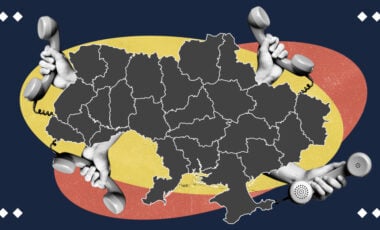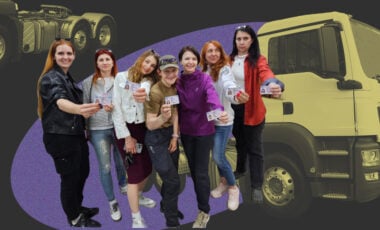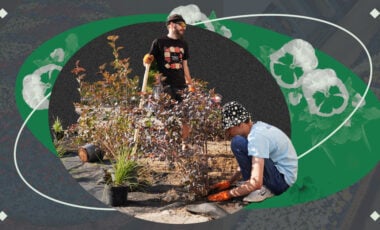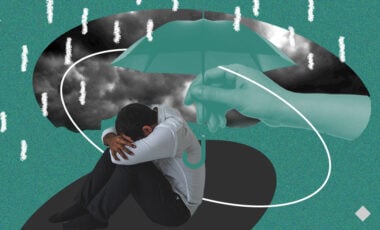Exhibition "(In)visible stories" about internally displaced Ukrainians opened in Brussels

An exhibition telling the stories of nine people from southern and eastern Ukraine is underway at the European Parliament's Station Europe building in Brussels. Presented in English and French, the exhibition tells the stories of Ukrainians who fled their homes under fire, endured inspections and abuse by the occupiers, and in some cases even captivity and torture to save their lives. The stories are complemented by photos of the most valuable things the heroes managed to take from home before evacuation: a hat and scarf knitted in their temporarily occupied hometown, a piece of jewelry that the occupiers almost destroyed at a checkpoint, a note from their closest friend who remained in the temporarily occupied territory, and more.
The United Nations High Commissioner for Refugees estimates that more than 3.7 million people in Ukraine have lost their homes due to the full-scale Russian invasion and have been forced to start life from scratch in a new place. Florence Bauer, UNFPA Regional Director for Eastern Europe and Central Asia, Massimo Diana, UNFPA Representative in Ukraine, and Vsevolod Chentsov, Representative of Ukraine to the European Union, came to see the photos and stories of internally displaced Ukrainians at the exhibition.
"It is important for us to present the "(In)visible Stories" exhibition in Brussels, the European capital, to educate the world about the horrors that internally displaced people in Ukraine are forced to go through. We are aware of hundreds of cases of conflict-related sexual violence, captivity, deportation, and abuse by the occupiers that Ukrainians are enduring and desperately need to restore their mental and physical health. In cooperation with the Government of Ukraine, UNFPA has established Survivor Relief Centres, where specialists provide free comprehensive social and psychological support and help all those affected by the war," says Massimo Diana, UNFPA Representative in Ukraine.

The exhibition will run until April 25 inclusive. It is open to all visitors at: Brussels, Place du Luxembourg, Station Europe, Ukrainian Civil Society Hub.
"It is necessary to continue to inform the world in various ways about what is happening in Ukraine because of the Russian invasion, to talk about the war crimes committed by the occupiers. This exhibition is a powerful tool that allows us to tell through stories and memories what Ukrainians are going through every day, and to urge Europeans to support Ukraine in our quest for justice and freedom," noted Ambassador Vsevolod Chentsov, Head of Mission of Ukraine to the EU.
Among the things depicted in the exhibition's photographs are the blue and yellow ribbon with which a hero went through captivity in Kherson, the keys to a heroine's house, which had already been entered and looted by Russians, a book from the library in Mariupol that helped a heroine fight cancer when a full-scale war was unfolding in Ukraine, and others.

"Three days before the full-scale invasion, we could already hear explosions on the outskirts of Mariupol. But that morning [February 24, 2022] I couldn't believe it, I sent my son to school. We moved to our daughter's house in another part of the city, but it was even scarier there," says Valentyna, a heroine of the exhibition (the names of all the heroes have been changed for security reasons). "We shared 2 loaves of bread among ten people, and my daughter tried to get me medication through her friends so I could continue chemotherapy. One day we woke up to a mine hitting the corner of the building. When my family and I decided to leave, I believed it would be for 2-3 days. But on the drive out, I saw my city as I could never have imagined it."
All the people featured in the exhibition have received and continue to receive support from the Survivor Relief Centers, which operate in 12 regions of Ukraine. While visiting the exhibition, guests can scan the QR code and go to the website to learn more about the work of the centers and how they can support internally displaced Ukrainians.



















































